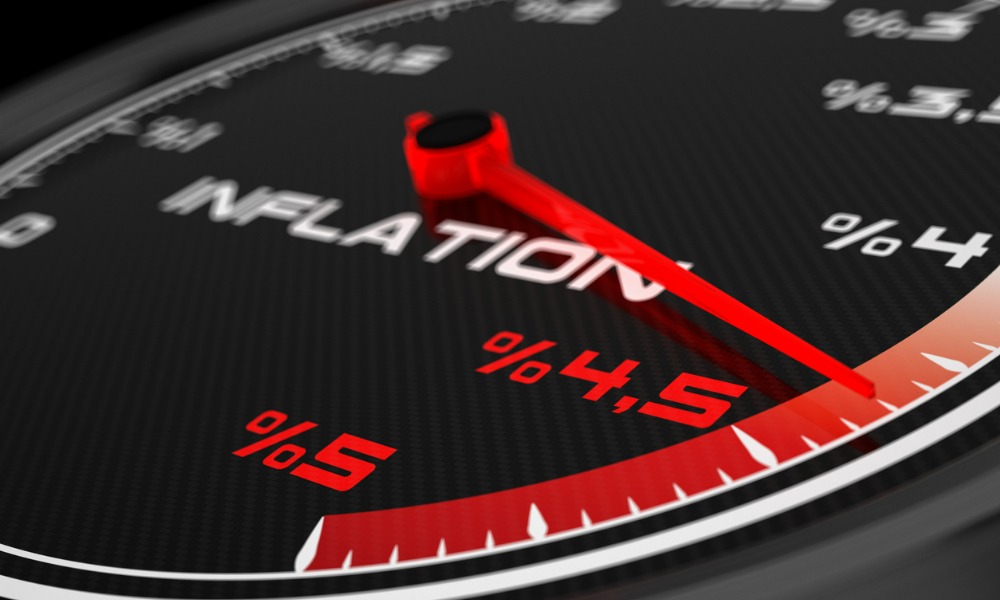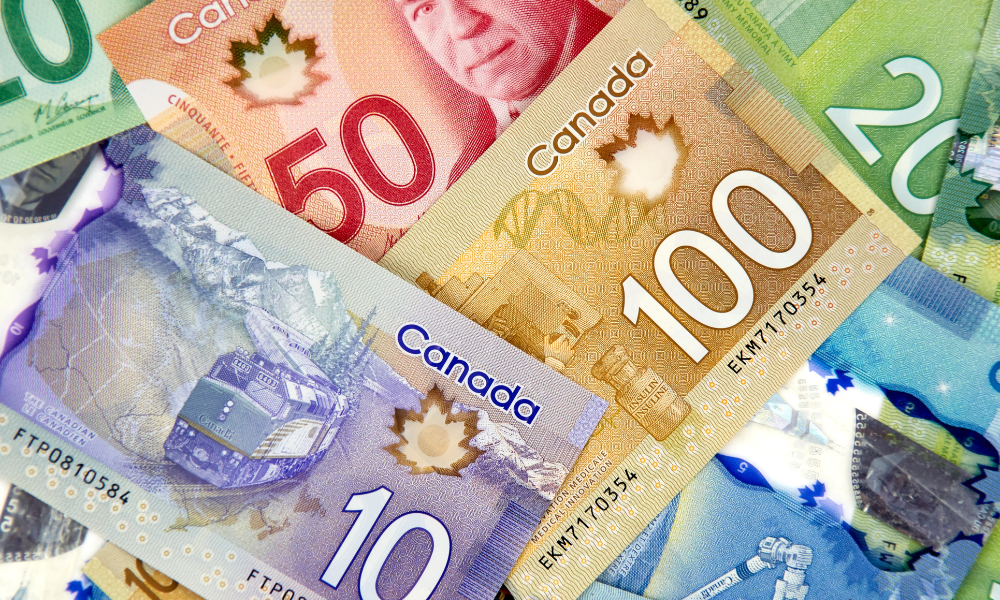February sees US core inflation surpass expectations, challenging the Federal Reserve's rate cut plans

In February, US core inflation exceeded predictions for the second consecutive month, with notable increases in the prices of used cars, air travel, and clothing, according to BNN Bloomberg.
This trend has prompted the Federal Reserve to maintain a cautious stance on reducing interest rates. According to government data released on Tuesday, the core consumer price index, which omits food and energy costs, saw a 0.4 percent rise from January and a 3.8 percent increase from the previous year.
Economists favor the core CPI as a more accurate measure of underlying inflation compared to the overall CPI, which also rose 0.4 percent from January and 3.2 percent from a year ago, influenced by gasoline prices.
This continued inflationary pressure suggests a hesitation among central bankers to relax monetary policy prematurely. Federal Reserve chair Jerome Powell indicated that the central bank is nearing the confidence level required to commence rate reductions, yet some officials seek a more substantial decrease in prices before acting.
The core CPI's 4.2 percent annualized rise over the past three months marks the highest rate since June, signaling a potential pause in policy adjustments.
Kathy Jones from Charles Schwab interprets this as a reason for the Federal Reserve to maintain its current policy stance, noting that the downtrend in inflation appears to be stabilizing. The market reacted inconsistently to the report, with initial focus on positive details shifting towards the stronger overall figures, affecting stock futures and Treasury yields.
This inflation report is one of the last pieces of data the Fed will review before its upcoming meeting, where interest rates are anticipated to remain unchanged. The report details significant contributions to the monthly inflation increase from shelter and gasoline, accounting for over 60 percent of the rise.
There were also upticks in prices for used cars, apparel, motor-vehicle insurance, and airfares, with the latter experiencing its most significant monthly increase since May 2022.
Shelter prices, a major component within services, grew by 0.4 percent, decelerating from a significant rise in January. The owners’ equivalent rent, part of the shelter category and a crucial element of the CPI, also saw adjustments due to methodological changes.
Excluding housing and energy, services prices rose 0.5 percent from January, highlighting a varied inflation trajectory influenced by the calculation differences between the CPI and the personal consumption expenditures price index, the latter aligning more closely with the Fed's 2 percent inflation target.
The report also highlights a shift in core goods prices, excluding food and energy commodities, which increased for the first time since May, suggesting a potential end to the decline in goods prices that had been offering consumer relief.
The robust labor market further complicates the decision to cut interest rates, with recent data showing continued real earnings growth and a stable hiring environment, despite a rise in the unemployment rate to a two-year high.



